Record players (also called turntables and vinyl players) are an undeniable part of Hi-Fi history and music culture.
have exploded in popularity recently as many people find their way back to vinyl for its beautiful detail, sound quality and general nostalgic feel.
As the clear format of choice for many decades prior, vinyl was superseded by the 'new tech' and highly portable cassettes and CD's of the 1990s, but it truly seems to be having the last laugh though with turntables and record sales again skyrocketing year on year (being affectionately termed 'the vinyl revival').
The classic high-resolution sound that you get from a high-quality record player comes from a variety of delicate calibrations and moving parts - so it always pays to know a little about how they're put together and how they work.
Read on below as we run you through a bit of vinyl history, what makes up a record player and just exactly how a record player works!
Contents:
- When Was The Record Player Invented?
- A Brief History Of Vinyl Records
- How Does A Record Player Work?
- The Key Components Of A Record Player
- How Does Vinyl Work?
- How to Use a Record Player
- Where To Buy A Record Player?

When Was The Record Player Invented?:
In simple terms, a record player is a piece of equipment that uses a stylus to create sound waves from physical etchings, engravings or impressions on a surface (i.e. 'vinyl records') and reproduce them as audible sound.
By this definition, the first version of a record player was invented by Thomas Edison in 1877 and went by the name 'phonograph'. This first iteration used a hand crank to turn a metal cylinder to record sound and play it back.
Over the next 13 or so years this invention underwent a number of different improvements (some by Alexander Graham Bell) and picked up the name 'graphophone'. All of these variations operated with etched-groove cylinders, not the flat discs that we are familiar with today.
The first version of the vinyl-spinning record player that we all now know and love came about in the early 1890s and is the work of a gentleman called Emile Berliner. This invention was originally termed a 'gramophone' and may actually look familiar to you with the distinctive and characteristic large horn.

The decades since have seen countless improvements to the turntable, with brands such as Pro-Ject Audio and Clear Audio pioneering many advances in technology, materials and design for huge increases in durability, fidelity and affordability!
A Brief History Of Vinyl Records:
With the growing success of record players using a recorded disc format instead of the original cylinder design, the vinyl record industry also grew exponentially to match it!
There have been many different sizes and playing speeds throughout history, however, the first records to hit the mass market in a standardised size were '78's' (made to play at 78 RPM). Many early 78's were actually made of shellac though and were notoriously 'noisy' and brittle.
In the early 1930s, the companies RCA Victor and Columbia both went to work on launching the first commercially-available vinyl discs. Due to a slower playback time and narrower grooves, 33's could store more music and were referred to as 'LP's' for 'long playback'.
The early 1950s saw both RCA Victor and Columbia competing again to release a new playback speed - the 45.
Being small, robust and inexpensive with options for 7 inches to 12 inches meant that this format really hit the sweet spot for the record industry. Truly standing the test of time - 45's remain the most common and popular record available all these decades later!

How Does A Record Player Work?:
We all know that putting the needle to a spinning vinyl record produces sound - but how does it actually work?
Turntables truly are an amazing invention, turning physical movement into beautiful sound right in front of your very eyes. This all happens via a number of intricate parts and mechanisms, all designed to take small vibrations from the contact point of the stylus and vinyl record and convert it to sound energy for your speakers as efficiently and effectively as possible.
It all starts with the vinyl record - which is stamped and pressed with tiny sequential grooves. Sound is 'recorded' in these grooves as microscopic indents on the left and right side of each groove, representing the left and right channels. These indentations are actually pressed in the same shape and form as the sound waves that they produce when in contact with the stylus!
As the turntable stylus tracks the grooves of a spinning vinyl record and runs over the indentations, sound vibrations ('waves') are produced at this point of contact and then converted into electrical signals in the turntable cartridge.
These signals travel from the cartridge to a pre-amplifier (or 'phono stage') where the signal is boosted and passed on to the amplifier where it is further 'amplified' and passed to your speakers as your favourite music!
Most vinyl enthusiasts will often talk about the 'ritual and process' of the experience. Like making a good coffee or reading a good book - spinning a record is about slowing down, appreciating the quality and taking in the detail.
The Key Components Of A Record Player:
Now that you have an idea of how the sound is produced, let's run through all of the major bits and pieces that make up your record player!

The Plinth & Motor
The 'plinth' is the bottom section or 'base' of the record player and provides the framework for all of the other components. The plinth also adds weight and mass to the record player which reduces vibrations, and also houses a very important component - the motor.
Turntable motors are most commonly either a 'direct drive' or a 'belt drive' design. A direct-drive motor sits below the turntable platter and is directly connected to the platter, whereas a belt-drive design will have the motor positioned to the side and connected to the platter via a belt. One isn't necessarily better than the other, they both come with their own pros and cons.
The plinth is typically made of timber or a composite plastic with a good plinth being thick, level and acoustically inert so it does not pass through any vibrations that will affect the sound.
The Platter
The platter is the disc that sits atop the plinth and spins - often interchangeably called the 'turntable'.
The platter is where you position your vinyl record and can be made from a myriad of different materials such as acrylic, metal, plastic or glass - designed to remove as many interfering sound vibrations as possible. Many people will add a rubber, cork or leather turntable mat to better 'seat' your vinyl and further reduce any interference.
Vinyl records can come in a variety of sizes that require the platter to turn at different speeds for clear playback. Changing the rate at which the platter spins obviously changes the playback speed of your record, but also the level of detail your stylus can pick up. Record sizes have changed throughout history to meet consumer demands, with the most common format nowadays being the 45.

The Tonearm
The tonearm is attached to the record players plinth at one end and houses the cartridge and stylus at the other.
It's a particularly important component as it's responsible for applying the stylus to your record with the correct amount of downforce so that it tracks the grooves correctly. If your tonearm isn't calibrated correctly and can't apply the right amount of pressure, the stylus will either 'skate' across the record resulting in poor playback (not enough downforce), or dig into your vinyl and cause damage (too much downforce).
A good quality tonearm will allow you to adjust it's tracking force via a counterweight, and be made of strong, light and acoustically inert material such as aluminium or carbon fibre.
The Cartridge
The turntable cartridge (also called a 'phono cartridge') sits at the far end of the tonearm and converts the physical movement of the stylus into electrical signals to pass on to the pre-amplifier.
There are two main types of cartridge commonly available known as 'moving magnet' (MM) and 'moving coil' (MC) - referring to whether or not it is the magnets or coils that move within the cartridge to produce the signal.
MC cartridges are generally more expensive, precise and higher quality than MM cartridges as they move far less mass, allowing them to stop and start much quicker and perform better.
The diagram below from the team at The Vinyl Factory gives a great example of the inner workings of an MC cartridge.

The Stylus
The stylus (or 'needle') is the small pointed piece on the end of the cartridge that makes direct contact with your record and tracks the indentations and imprints (read: 'sound waves') on the record's grooves.
Styli are usually made of diamond, or sometimes sapphire, with lower quality needles being diamond-tipped and higher quality pieces being completely diamond (also called 'nude diamond').
The shape of the turntable needle is also very important, as the more contact area the stylus can make with the groove, the more detail it can pick up and transfer.
In order of quality, expense and ability to pick up detail - styli will usually be shaped as 'spherical', 'elliptical' or 'fine line'.
Check out the image below to get a basic idea of how styli shape relates to the contact area.

How Does Vinyl Work?:
The technology behind playing vinyl and operating modern record players is nothing short of a physics miracle!
As we've touched on briefly above, a vinyl record is essentially the physical representation of 'sound waves' pressed and imprinted into a vinyl surface.
The process behind mastering and recording to vinyl is rigorous and extensive - with a full breakdown worthy of a separate article!
The basic principle is that qualified mastering engineers will work closely with musicians to mix, optimise and record their files to create a 'master copy'.
The master copy then undergoes a procedure known as electroplating to fortify and strengthen into a 'stamper' so it can be used to press out many thousands of records.
Once the stamper is obtained, polyvinyl chloride (PVC) pellets are heated and formed into a hockey-puck shaped block called a biscuit. The biscuit is then stamped under 2000 psi of pressure and 148 deg. Celcius of heat to imprint the grooves and produce a record!
Many test batches and quality controls later - it hits the shelves ready for your turntable!
Before we move on - check out this amazing electron microscope imagery below from London Sound Academy showing exactly the needle tracks the grooves of a vinyl record!

How to Use a Record Player:
Using a record player is not exactly rocket science, but knowing a few key points and techniques can help you get the best sound quality while also preventing damage to your player and records.
There are a few variations between brands and design - but the general process of operating a turntable is as follows:
- Choose the correct RPM for the specific vinyl you want to play. Most modern record players have options for 33's and 45's.
- Place your record on the turntable platter with the side you want to listen to facing up. Make sure the record is clean and free from dust or grime.
- Flick the power switch to "on" to get the platter spinning.
- Now for the tricky part: gently bring the arm down to place the stylus in the grooves. The method for doing this differs between models - most will require you to manually move the tonearm to the record and pull a lever to lower it.
- If all has gone to plan - you should now hear music! If you want to play a specific song, you will notice that some of the grooves have a 'blank spot' in-between. This is where the track changes - simply lift your tonearm and move the stylus past this point to play the next track you’d like to listen to.
Hit play on the video below to watch Nat, our resident Hi-Fi Guru and Systems Consultant, walk you through how to setup up a turntable from scratch. This video specifically relates to the brilliant Essential III and Debut Carbon record players, but the same concepts apply to many other players as well:
Where To Buy A Record Player?:
If you've ever walked into a bulk electronics store it's like you've come across a wall of cheap turntables and record players ... take it from me, this is not the record player you want to buy.
These mass market record players may save you a little on the wallet up front but will cost you more down the track. They are typically fit with low-quality cartridges and styli that not only produce poor quality sound, but more often that not can damage your favourite vinyl.
A good record player doesn't necessarily cost an arm and a leg, but you'll want to make sure you're purchasing something that will last longer than a few spins and won't damage your records.
Check out our complete collection of record players if you're ready to get a turntable that will bring your music to life and provide enjoyment for years to come!
Conclusion:
The turntable is an exceptional invention.
Technology tends to become obsolete once a newer, and supposedly superior, model comes along. Record players and vinyl have not only survived countless new innovations in the audio industry - but have surged and prospered!
This article has only given you a brief rundown on turntables and vinyl records, but I hope it's answered a few key questions for you and piqued your interest to find out more.
With the undeniable sound quality that vinyl provides and many modern artists now releasing 'vinyl-only' recordings - it's a great time to get involved with your first turntable, or upgrade to that piece you've been dreaming of!
Finally - If you enjoyed this piece, click here if you’d love to check out a few more tips and tricks on getting the most out of your record player.

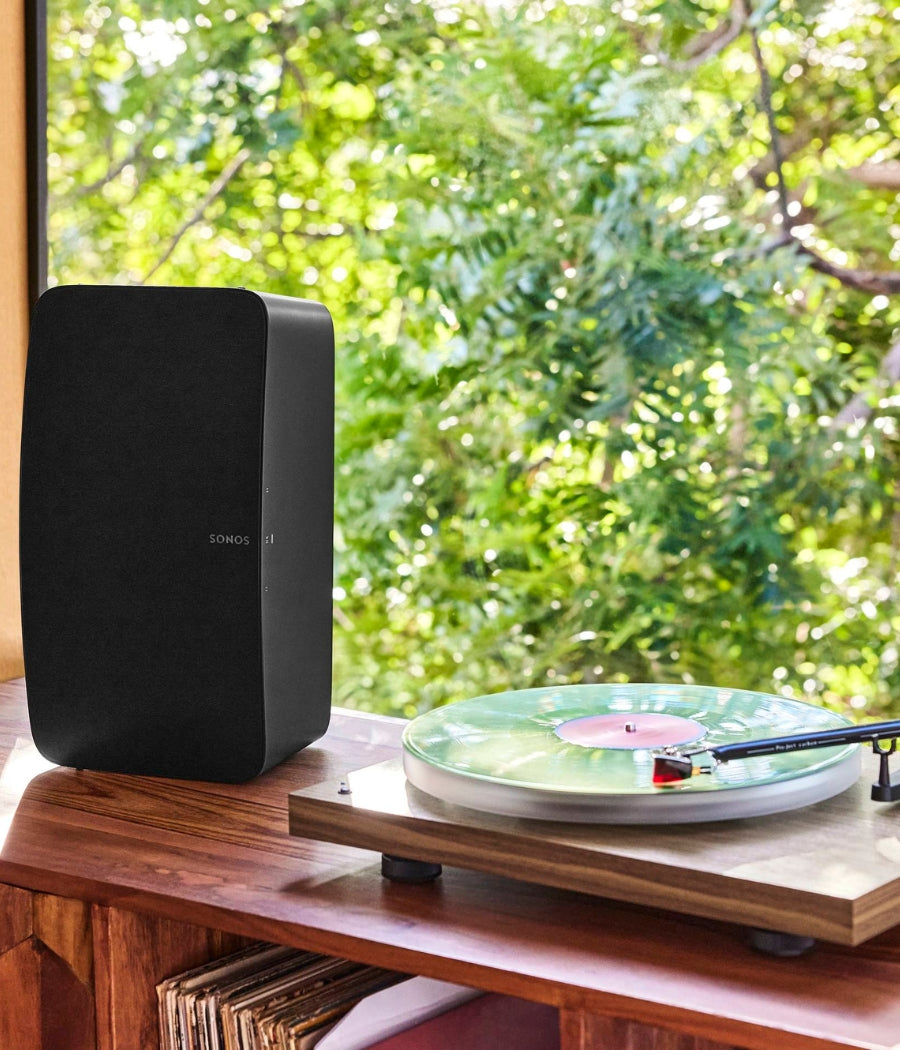
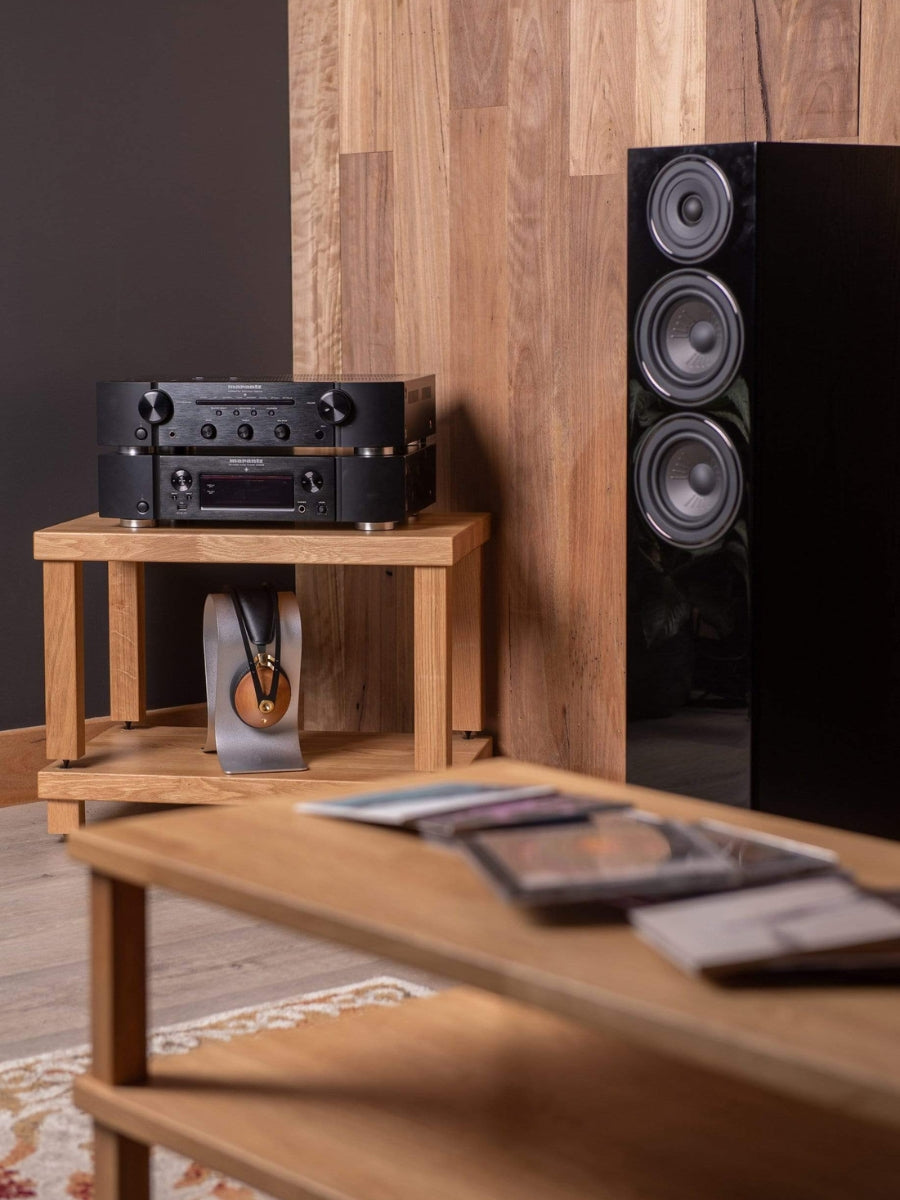

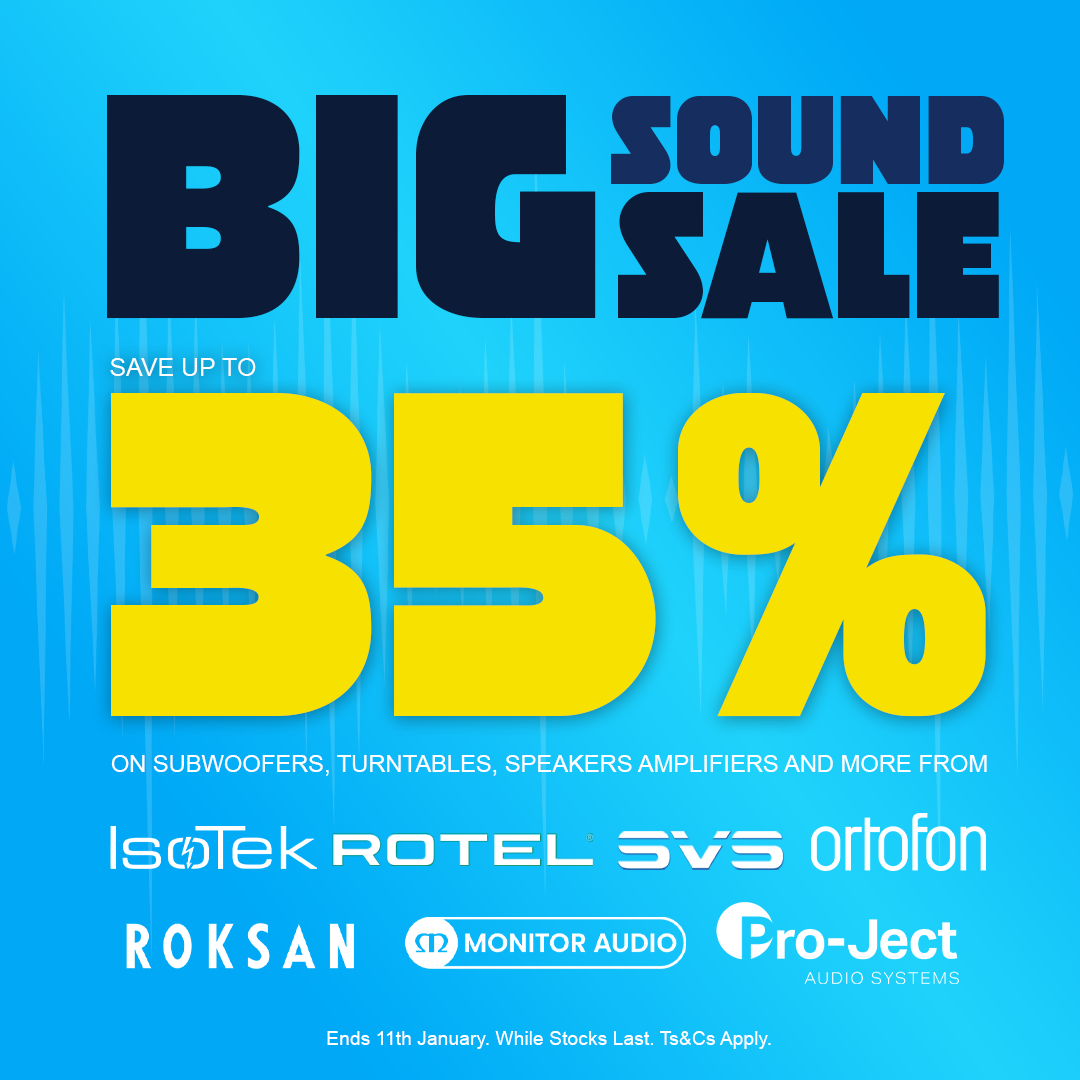

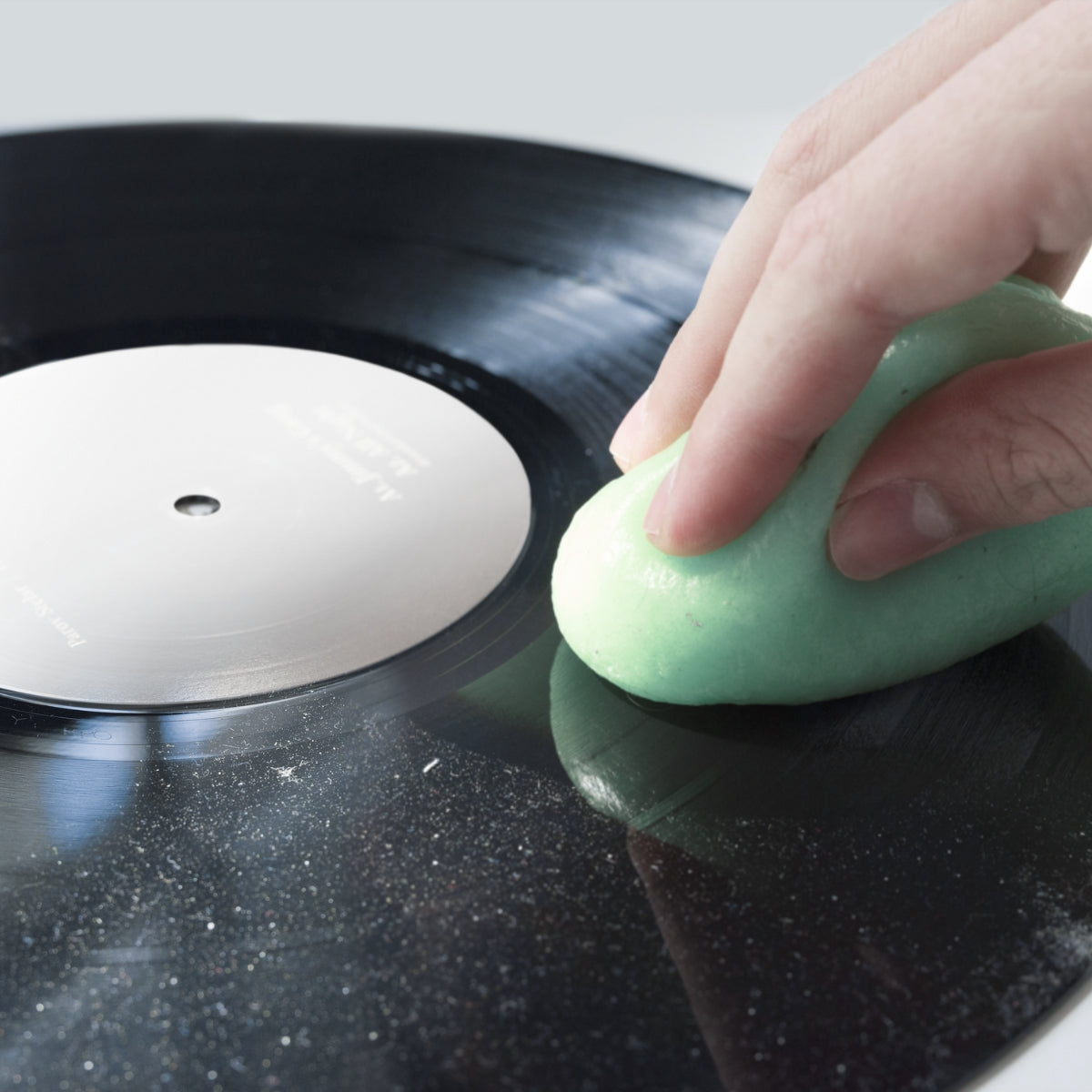
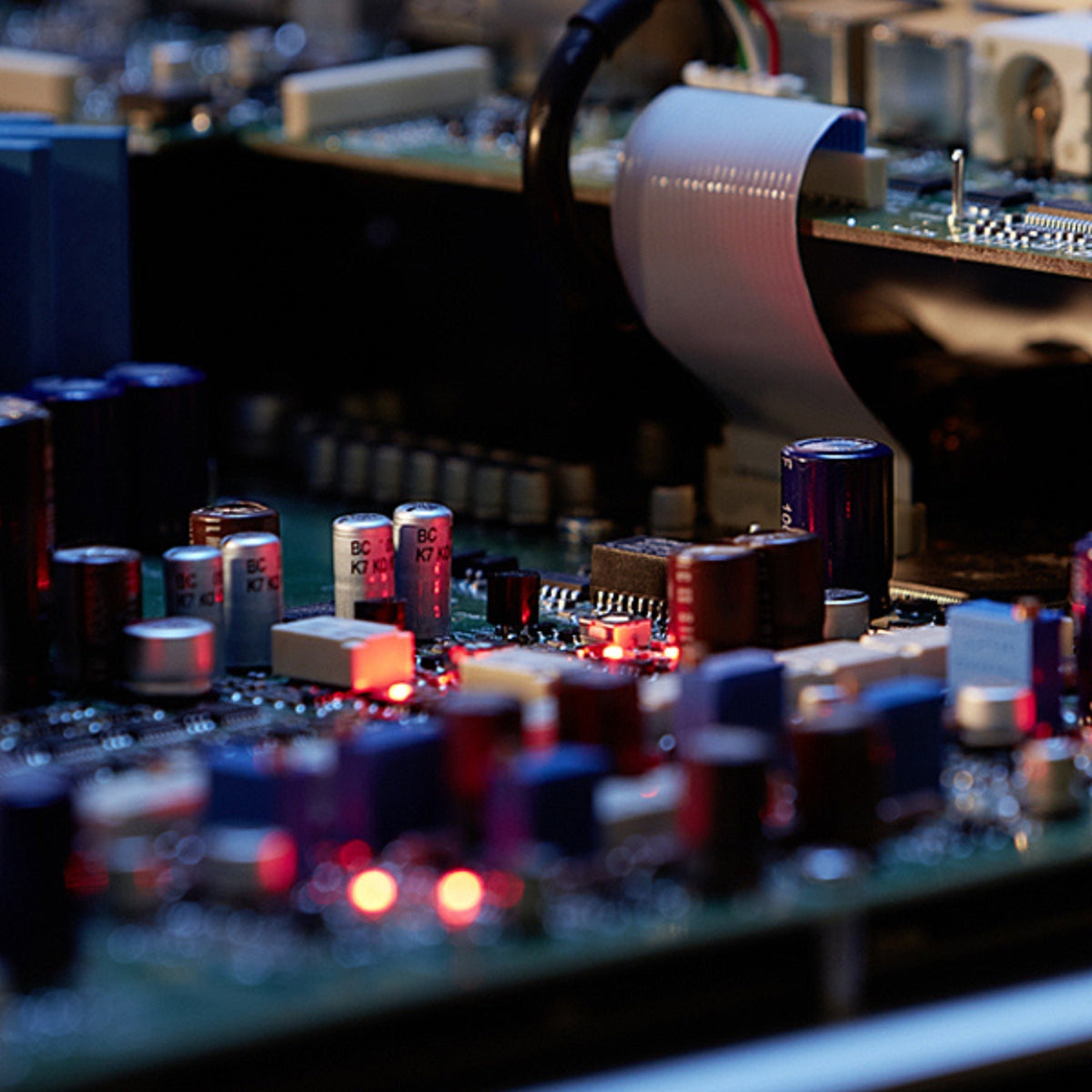
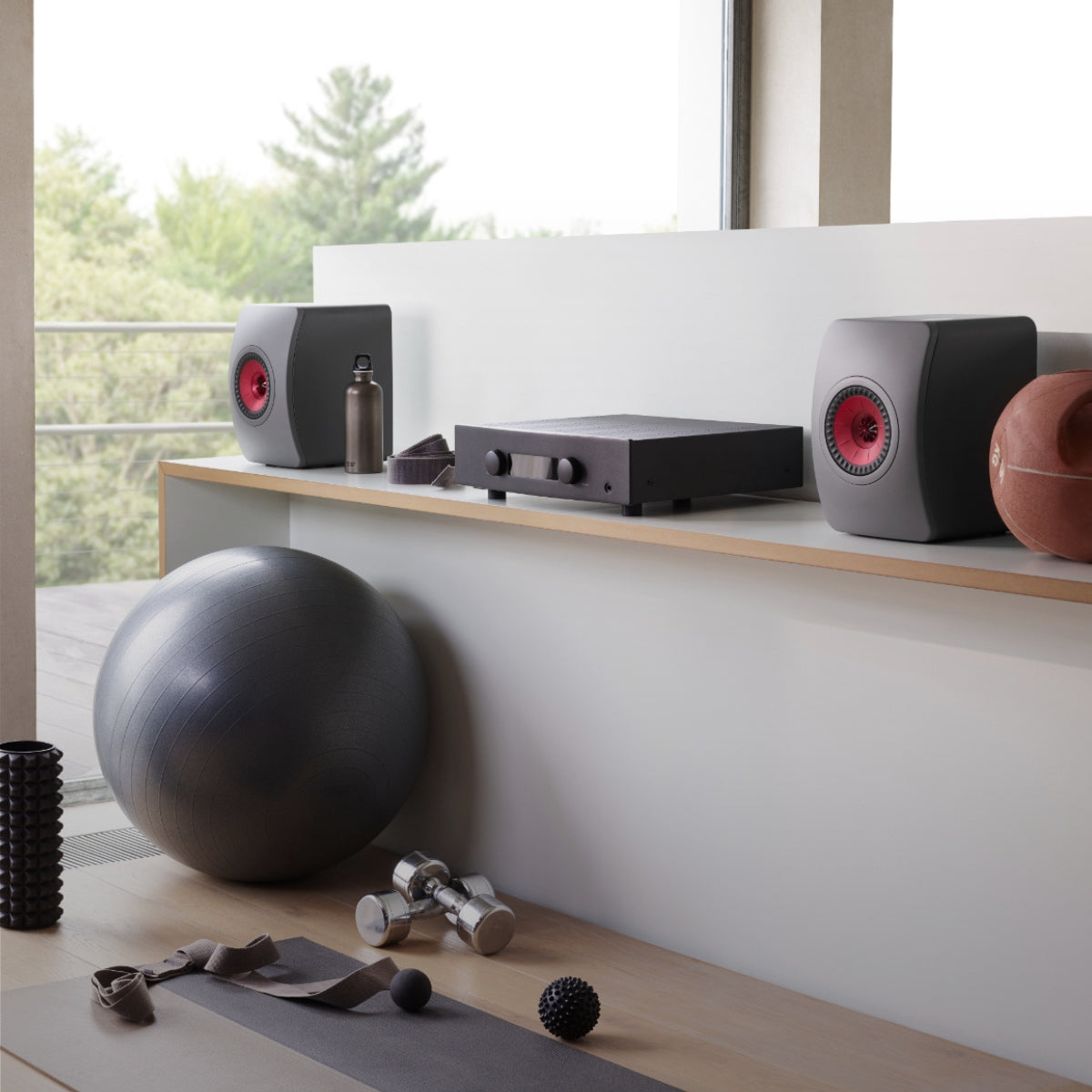
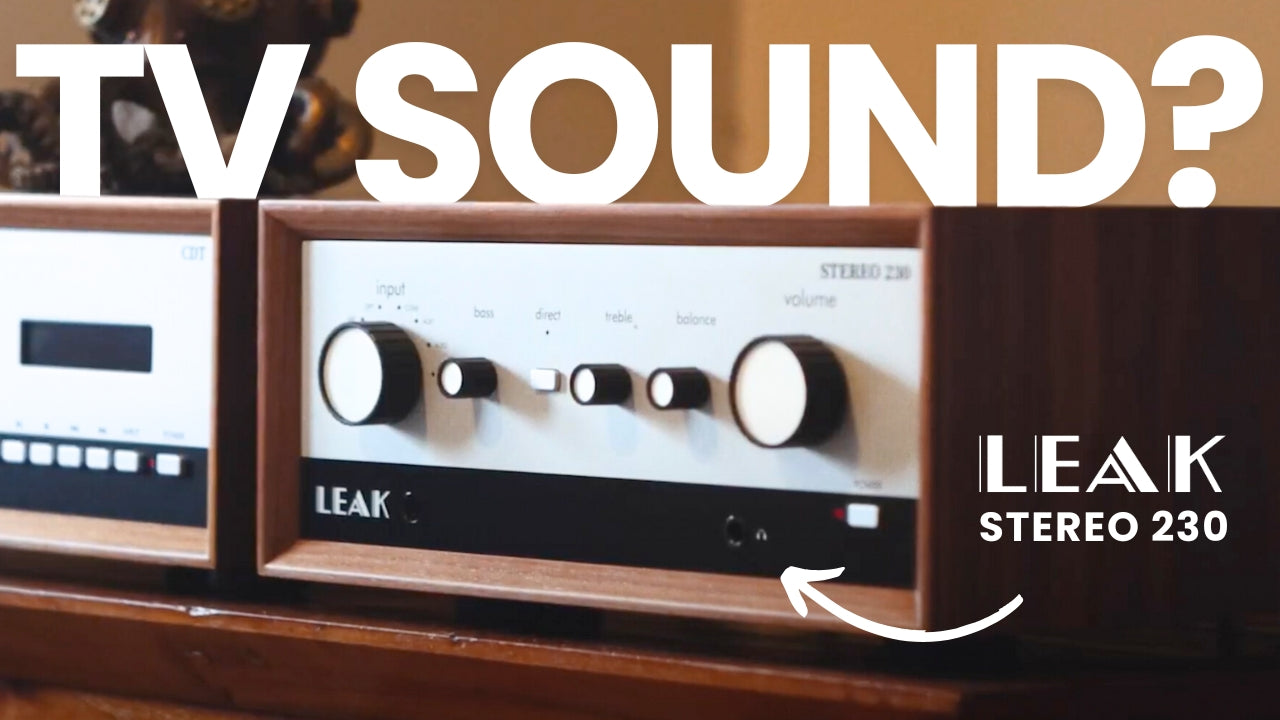
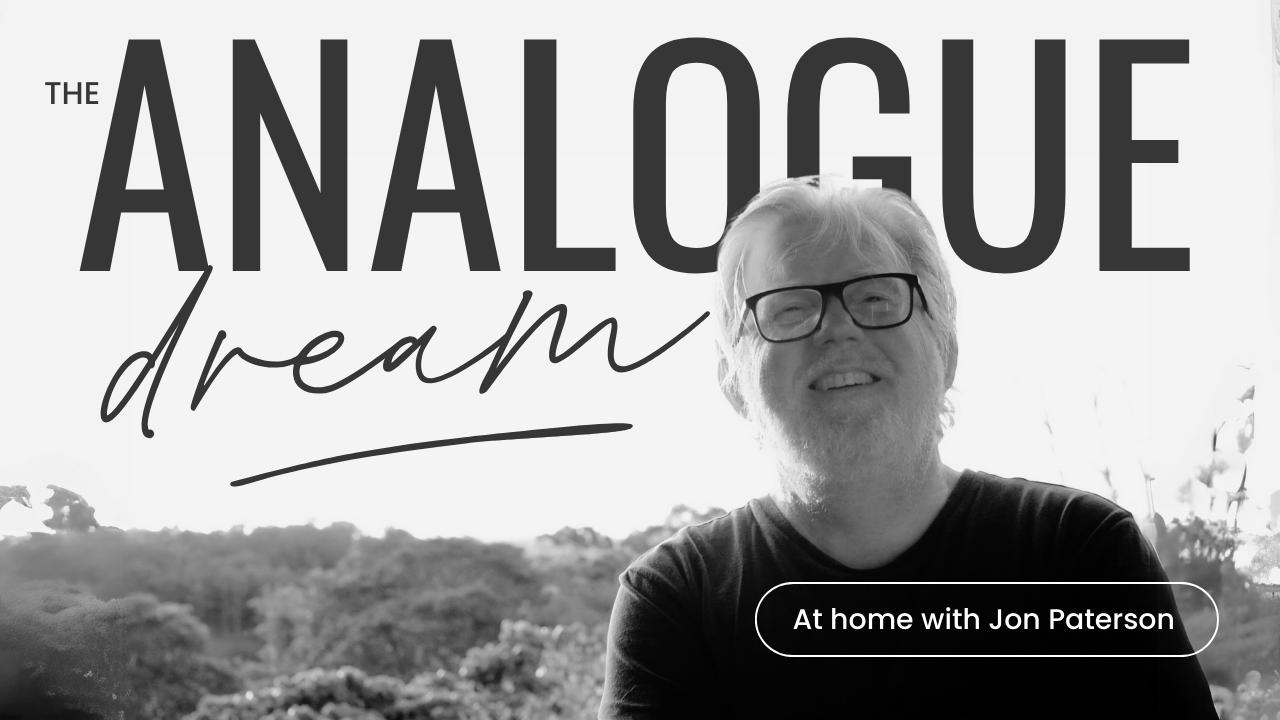

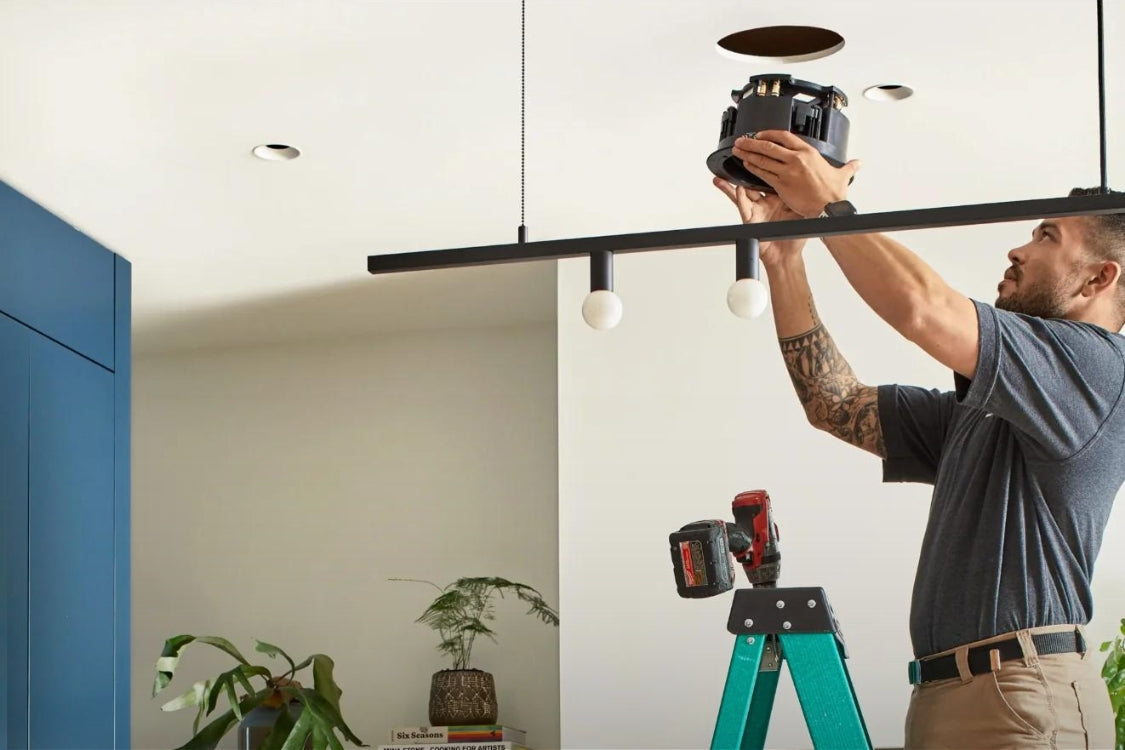

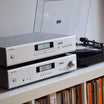
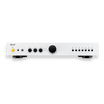
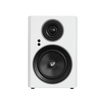
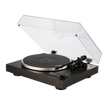
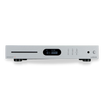
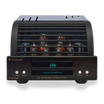
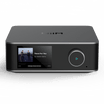
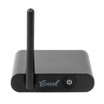
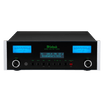
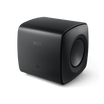
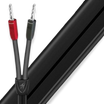
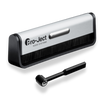
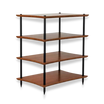
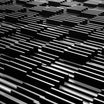
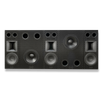
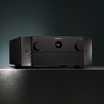

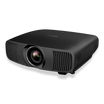

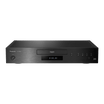
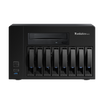
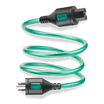
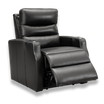
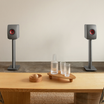
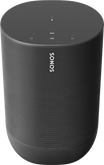
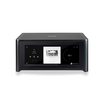
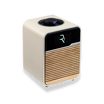
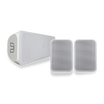

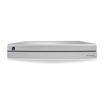
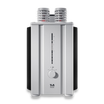
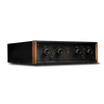
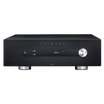
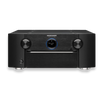
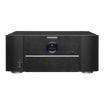
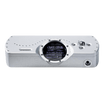
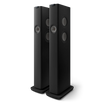
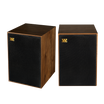

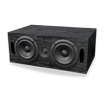
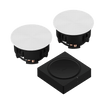
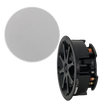
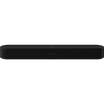
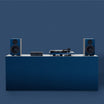
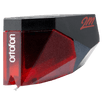
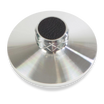
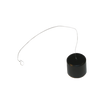
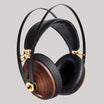
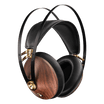
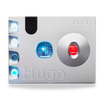
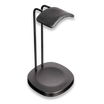
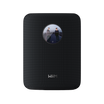
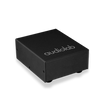
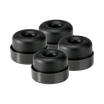
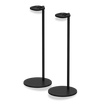
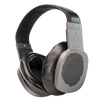
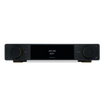
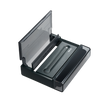

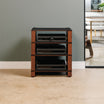
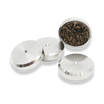
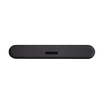
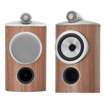
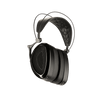
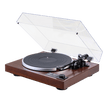
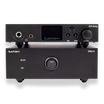
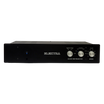
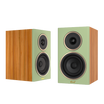
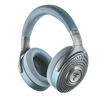
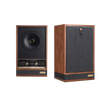
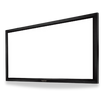
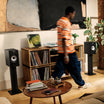
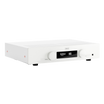
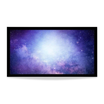
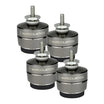
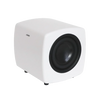
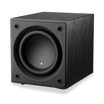
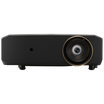
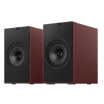
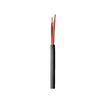
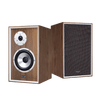
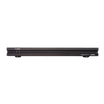
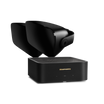
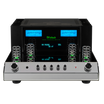
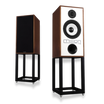
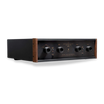
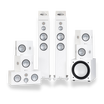
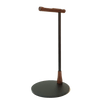
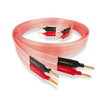
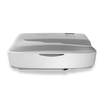
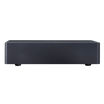
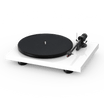
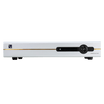
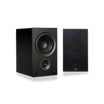
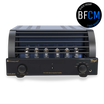
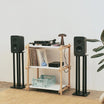
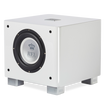
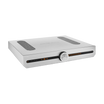
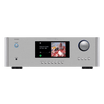
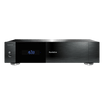
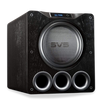
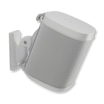
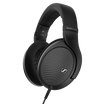
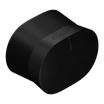
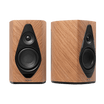
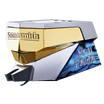
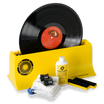
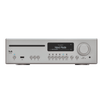
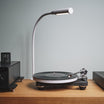
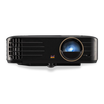
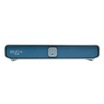
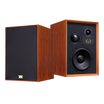
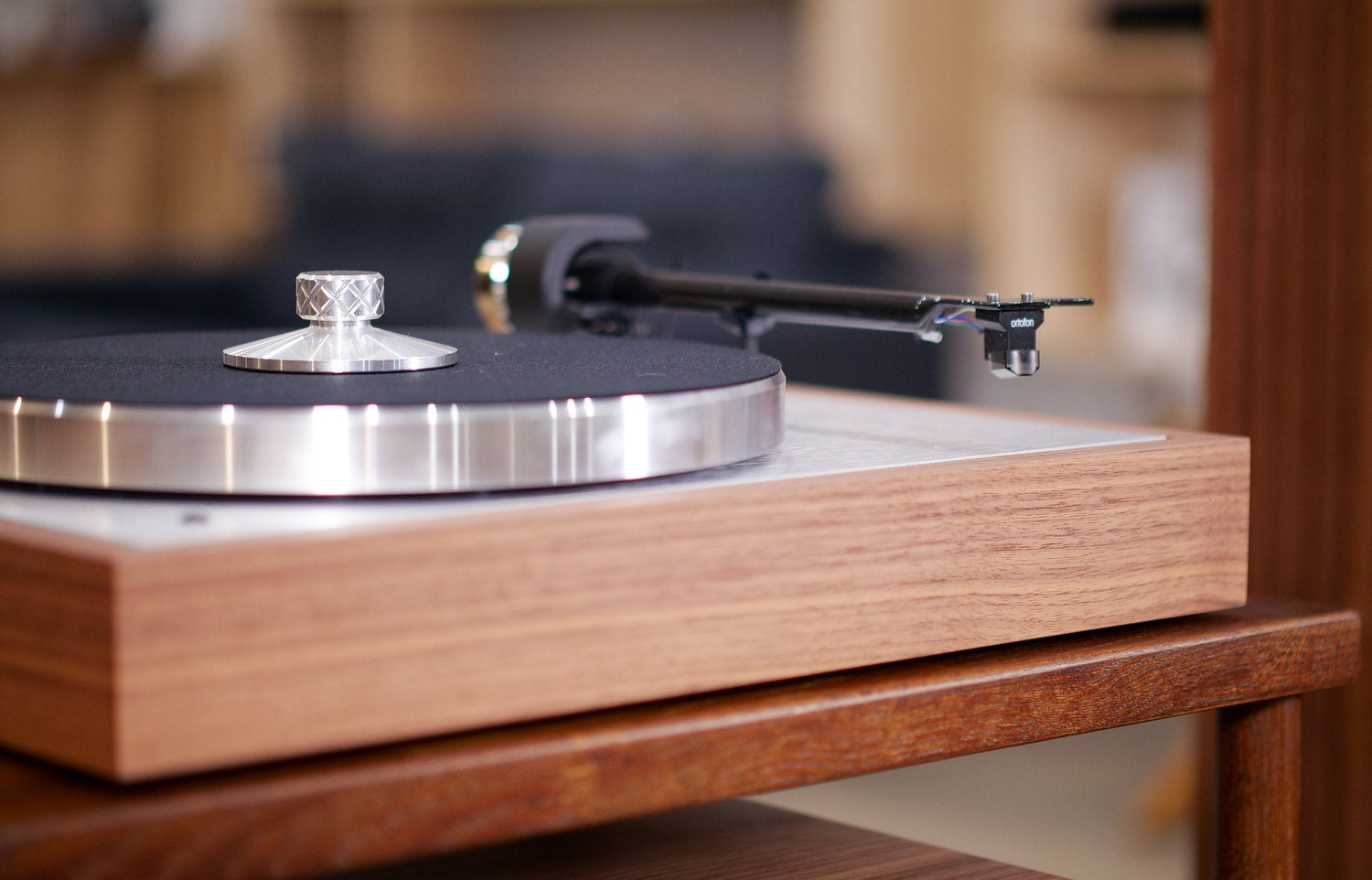
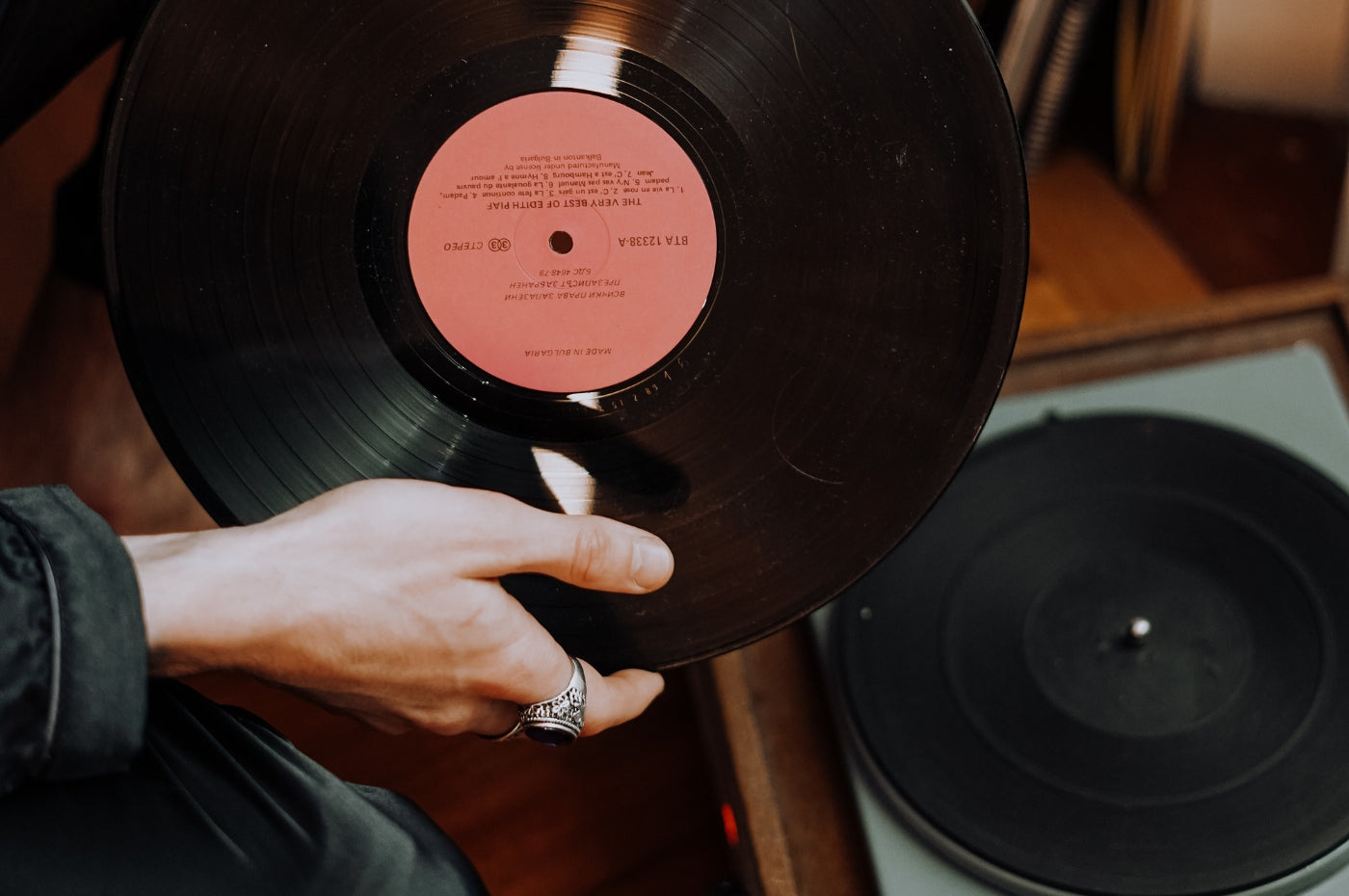
Leave a comment
All comments are moderated before being published.
This site is protected by hCaptcha and the hCaptcha Privacy Policy and Terms of Service apply.